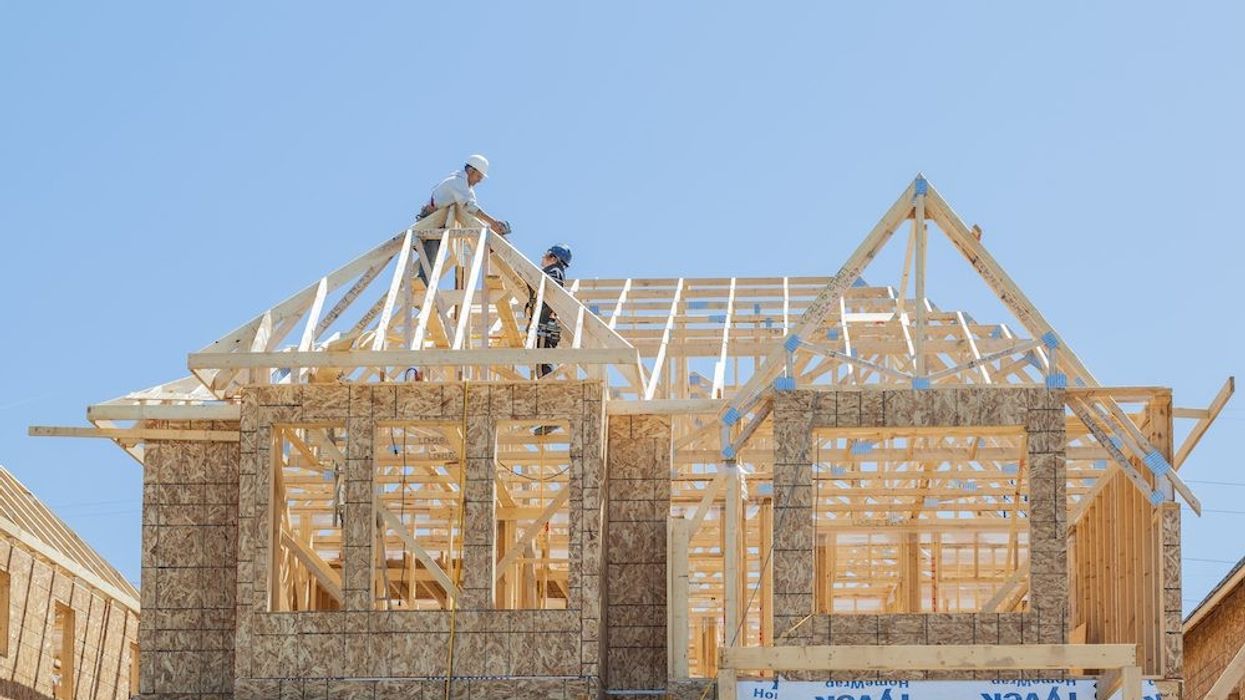Canadian housing starts took a dip in May, according to the latest data from the Canada Mortgage and Housing Corporation (CMHC).
The month's housing starts brought a downward trajectory to the overall trend in new construction, lowering to 254,727 in May. This is just over 3,000 fewer starts than the 257,833 seen in April. CMHC's trend measure represents a six-month moving average of seasonally adjusted annual rates (SAAR) of housing starts.
Although trending downwards in May, the standalone monthly SAAR of total housing starts for all areas in Canada in May was up 8% to 287,257. This marks the second month in a row with an 8% rise.
"On a trend and monthly SAAR basis, the level of housing starts activity in Canada is historically high, staying well above 200,000 units since 2020 and despite the lower trend, the monthly SAAR was higher from April to May," said CMHC Chief Economist Bob Dugan.
Dugan noted that these increases were led by higher multi-unit starts in Canada's urban areas, which were up 13% in May to 201,193. Single-detached urban starts, on the other hand, rose just 4% to 62,969. But not all urban areas saw growth.
"Among Vancouver, Toronto and Montreal, Vancouver was the only market to post a decrease in total SAAR starts, which was driven by lower multi-unit and single-detached starts," Dugan said.
Despite a 28% year-over-year drop in single-detached housing starts, Toronto's starts were up a whopping 25% annually thanks to a 40% jump in starts for other types of housing. But the biggest gains in the country have been seen in two other Ontario cities: Kingston and Brantford, where housing starts are up 261% and 255% year over year, respectively.
But on the flip side, the largest year-over-year declines in metropolitan housing starts have also been seen in Ontario. Thunder Bay's housing starts have fallen 62% annually, followed closely by Kitchener-Cambridge-Waterloo which has seen a 60% drop. Hamilton -- an up-and-coming market in the province -- has similarly seen a 52% annual decline.





















